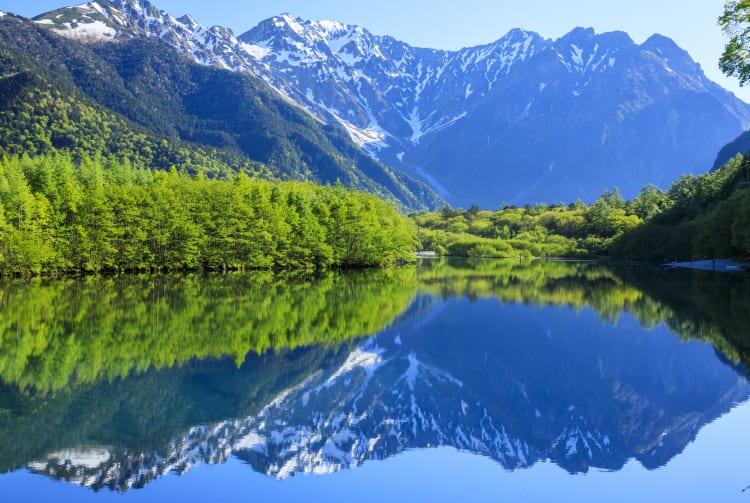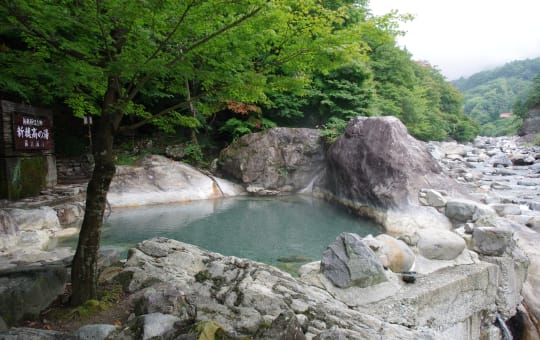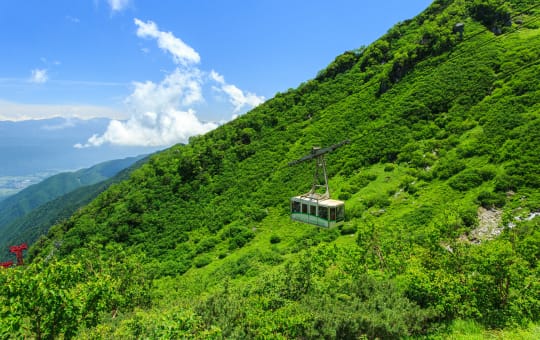La joya de los Alpes Japoneses
Kamikochi, un complejo turístico poco desarrollado en los Alpes Japoneses del Norte, presume de tener uno de los mejores paisajes montañosos del país. Tanto si es para dar un paseo tranquilo a orillas del río Azusa, como para embarcarte en una auténtica travesía de montaña, no puedes dejar de visitar Kamikochi, en la prefectura de Nagano .
No te pierdas
- Las espectaculares vistas de la cordillera de Hotaka desde el puente Kappabashi
- La ruta de senderismo que lleva hasta el estanque Myojin
- Una travesía por el país de las maravillas alpinas en los Alpes Japoneses del norte
Cómo llegar
Llegar a Kamikochi no es tarea sencilla, por lo que planea bien cómo hacerlo antes de ponerte en marcha.
Si quieres viajar hasta la zona en tren, intenta hacerlo desde la estación de Matsumoto hasta la de Shin-Shimashima, desde donde tendrás que tomar un autobús, ya que los vehículos privados no están permitidos en Kamikochi.
Hay líneas directas de autobús que parten desde Kioto, Nagano, Osaka y Tokio.
Datos breves
A 1500 metros de altitud, Kamikochi y los picos circundantes forman parte del parque nacional de Chubu Sangaku
Se puede acceder a la zona a pie desde mediados de abril hasta mediados de noviembre y en raquetas de nieve durante la temporada de invierno
Temporada alta
Kamikochi es una localidad muy concurrida durante la temporada que permanece abierta, sobre todo desde mediados de julio hasta agosto, período que coincide con las vacaciones de verano, y durante los fines de semana de otoño.
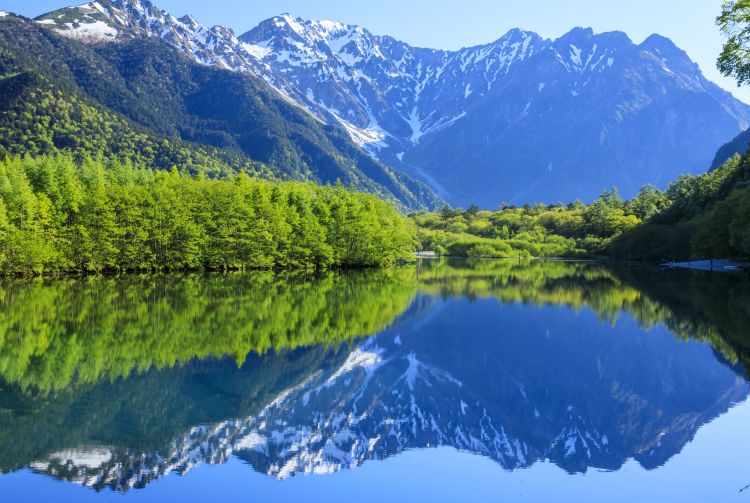
Admira la belleza de Kamikochi
Aunque otros destinos turísticos famosos no llegan a la altura de lo que dicen ser, Kamikochi se lo ha ganado a pulso. El valle, de 15 kilómetros aproximadamente, y sus frondosos bosques ofrecen unas vistas espectaculares de las montañas circundantes, incluido el volcán Yakedake. La cordillera de Hotaka domina la región y el monte Oku Hotaka, con sus 3190 metros, se alza como el pico más alto de los Alpes Japoneses.
Una introducción a la región
El autobús con destino a Kamikochi te deja en la oficina de turismo de la localidad, situada junto al puente de Kappabashi, una estructura de madera de 36,6 metros que cruza el río Azusa. Este puente es el principal atractivo turístico de Kamikochi y uno de los lugares más populares entre los amantes de la fotografía.
Aunque el valle en sí no está muy desarrollado, el centro cuenta con algunos hostales, hoteles y un puñado de tiendas y restaurantes. Esta zona puede llegar a abarrotarse de gente, pero si sigues tu camino por el río, pronto habrás dejado a tus espaldas a la multitud.
Senderismo a orillas de las aguas turquesa del río Azusa
Pasear a orillas del río Azusa, caracterizado por el color turquesa de sus aguas, te recompensará con unas vistas magníficas. Los estanques Myojin y Taisho son lugares muy concurridos donde la gente acude a hacer fotos de las montañas circundantes reflejadas en sus aguas cristalinas. Mantén los ojos bien abiertos por si te topas con los macacos que suelen hacer aparición en el lugar.

Asciende hasta los salvajes Alpes Japoneses del Norte
En tu camino hacia el estanque Myojin, avanza un poco más y pronto comenzarás a ascender al verdadero reino alpino de Japón, a través de un valle de bosques coníferos de alerce, abedul y abetos que sirven de hábitat a especies autóctonas como ciervos, el serau japonés, el mapache japonés, zorros, muchos macacos y algún que otro oso.
Un espectáculo otoñal
el valle alcanza su punto álgido durante el otoño. Aunque la mayoría de la gente se acerca a Kamikochi en octubre, si sigues el valle río arriba, pronto dejarás la multitud atrás. Otra opción es dedicar el día a ascender a la cima del cercano monte Yakedake y disfrutar, durante el recorrido, de las tonalidades del otoño lejos de las aglomeraciones.
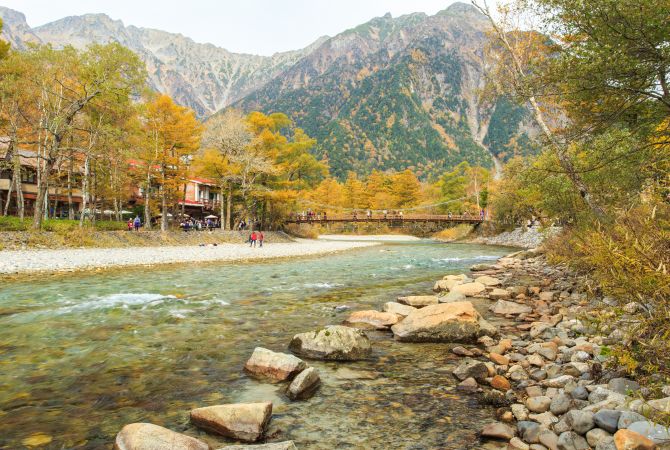

Paseos con raquetas de nieve durante el invierno
Las raquetas de nieve son una forma muy divertida de moverse por el valle de Kamikochi durante la temporada baja, cuando el parque está cerrado oficialmente al público, lo que permite disfrutar de esta experiencia única sin estar rodeado de coches ni aglomeraciones de gente. La ruta de senderismo que parte del túnel situado a la entrada del centro turístico y llega hasta el puente Kappabashi tarda en recorrerse unas 2 horas y media. Puedes alquilar raquetas en Matsumoto.









































